Snakes and Ladders Template
Please use the print out below:

_______________________________________________________________
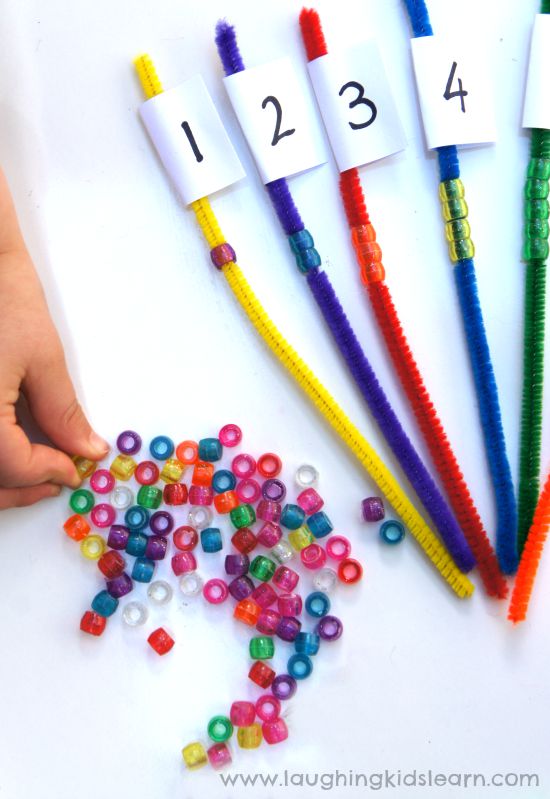 Counting is an important skill to learn and counting numbers in the correct order is very important for your little one to learn. So I have been doing research and came across a fun way to teach this to your little one. Instead of making your own number cards, Pinterest has some wonderful templates that you can find
Counting is an important skill to learn and counting numbers in the correct order is very important for your little one to learn. So I have been doing research and came across a fun way to teach this to your little one. Instead of making your own number cards, Pinterest has some wonderful templates that you can findWHAT YOU NEED:
* Number cards from 1 - 10 (then as learning gets better then 11 to 20)
* x2 Different coloured pipe cleaners (one for even numbers and one for odd numbers)
* x2 Different coloured beads
WHAT TO DO:
1. Place the first number card out and indicate that it is number one
2. Have your child then place one bead on the pipe cleaner
3. Go on until you have reached up to ten
4. Be sure to use the different coloured piped cleaner with the different coloured bead to show the even numbers and odd numbers
* This activity can be done with either two pipe cleaners or a number of different ones as seen in the picture above
Happy counting!
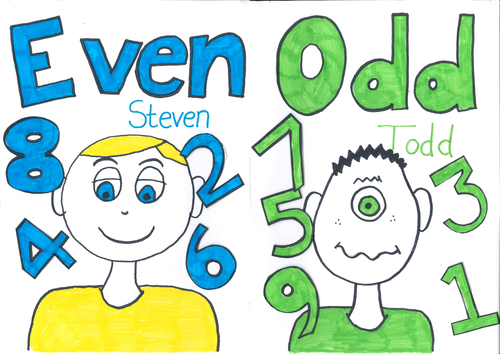 Even and Odd numbers
Even and Odd numbersGames:
1. Give a set of 10 numbers and ask if it is odd or even. Numbers can be up to 5 digits for older and advanced students
2. Draw simple and funny looking clipart monsters. Draw odd or even arms and legs on each monster and ask which monster is even or odd because of the number of arms and legs
3. Colour on a number chart showing the odd numbers in one colour and then a different colour showing the even numbers
4. Draw up numbers from 1 - 20 on a set of flashcards. Turn all cards face down. One player picks a card. Then player one must describe the number without giving out the answer
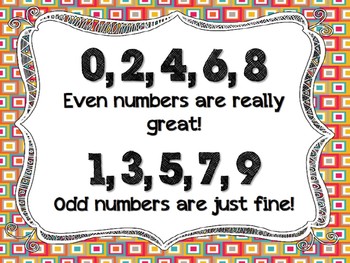 |
| Poster to use |

Use the above to place into your Student's Maths Files
Happy learning! :)
Catch a Fish
WHAT YOU WILL NEED:
* Kokies
* Scissors
* Pencil
WHAT TO DO:
1. Colour in the fish template below
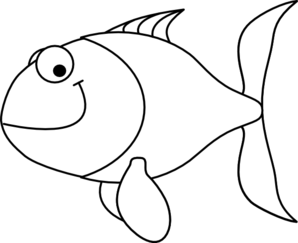
2. Write up a basic sum on the belly of the fish in pencil
3. Colour in the ocean template (print big) below

4. Start playing the game
5. Have your little one answer the sum
6. If the answer is correct, your little one keeps the fish and if not, they put it back in the ocean
____________________________________________________________________________
Number chart
Feel free to use the Number Chart below. Laminate so it lasts longer. Feel free to update the chart once your little one can count past 100:
___________________________________________________________________________
Apple Tree Counting
Children that are learning to count will enjoy this sticking activity and you don't need to be able to draw well:
WHAT YOU NEED:
- A4 Colour paper page
- x21 Red dot stickers
- Black marker
- Green pencil
- Brown pencil
- Pencil
 |
| This is just an idea that you could use |
WHAT TO DO:
1. Using the black marker, write numbers from 0 - 20
2. Draw a simple tree and colour it in using the pencil crayons
3. Draw a red circle (this must look like an apple) the same size as the dots and lightly write the numbers from 0 - 20 using the pencil
4. As your little one says the correct number starting from 0, they then place it over the correct number over the circle
5. Perhaps on one tree go over the numbers from 0 - 10 and then do a second tree and go over the numbers from 11 - 20
6. After the tree is completed, go over the counting again. Have your little one "touch" each apple as they are counting
_______________________________________________________________________
Fun Counting Games
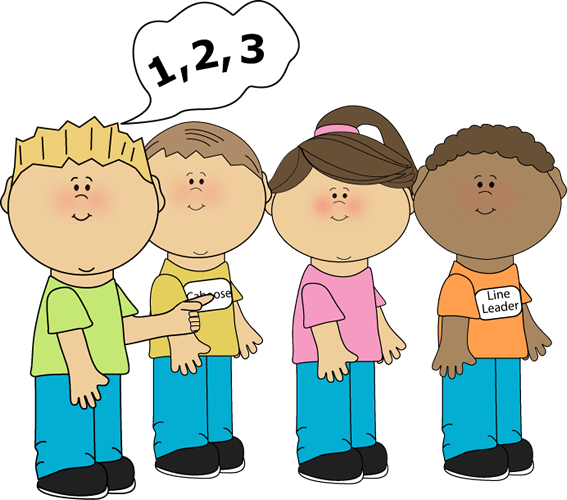
1. What is missing?
For this, you will need a number chart from 1 - 100. Cover up certain numbers using tape or a plastic token. Have your child guess the number underneath.
2. Card and Number match
Print out numbers from 1 - 20 and use beans as counters. Show your child the number card and they must take out that many beans.
3. How fast?
Time your child to see how quickly they can count to 100. Work on three best possible times and then up the number they are counting by and they tell them they need to count to in 10's.
4. Adding numbers with cards
For this, use all the number valued cards in a Deck of cards. Say the number on the card and have your child add the next card, then the next, then the next and so on. See how many they can get.
________________________________________________________________________
FISHY SONG:
One, two, three, four, five once I caught I fish alive.
Six, seven, eight, nine, ten then I let him go again.
Why did you let him go?
Because he bit my finger so!
Which finger did he bite?
This little finger on my right.
FIVE LITTLE SPECKLED FROGS:
Five little speckled frogs,
Sat on a speckled log
Eating some delicious bugs
Yum! Yum!
One jumped into the pool,
Where it was nice and cool.
Now there were four little speckled frogs
Glub, glub!
 1, 2 BUCKLE MY SHOE:
1, 2 BUCKLE MY SHOE:1, 2 - Buckle my shoe
3,4 - Close the door
5, 6 - Pick up sticks
7, 8 - Lay them straight
9, 10 - Count again/ Big fat hen!
__________________________________________________________________________
Maths can become a difficult subject for some children. The important aspect to remember when teaching Maths to small children is it is important to apply it to everyday life. Get children to understand the link between numbers to items. This is the best way to start not only understanding numbers but also the number of items. Try the following fun Maths activities:
FIND THE NUMBER
Print out cards numbers from 1 - 20. Place the cards around the house. Call out the numbers and have your child find the numbers. For smaller children, print the same cards but show the card and ask your child to find the card.
HOOLA HOOP NUMBERS
Get 5 Hoola Hoops out and place in a row. Place printed number cards on top of the Hoola hoops have your child stand in the hoops and have them call out the numbers. Alternatively, please beans or balls showing the number represented on the card above.
PICTURE COUNTPrint number cards from 1 - 20 and then print pictures with the number on the card. E.g. 5 fish and print the number 5. Either mix up the cards and have your child find the correct combination or go over the cards with the correct number with the correct picture with your child.
CIRCLE COUNT Draw the number of circles to represent the number and then fill the circle with that number of beans. E.g. Two circles and place two beans inside.
Life can get busy at times so if you don't have time for the games mentioned in today's post then incorporate Maths into everyday life. Ask questions like, how many eyes do we have? How many shoes do you see in your cupboard? How many bowls of cereal are there at breakfast? Applying Maths to real life helps children understand more as they can visually see it instead of just writing it down. Let your child start counting orally when they feel happy, ready and can count.
Happy learning! :)







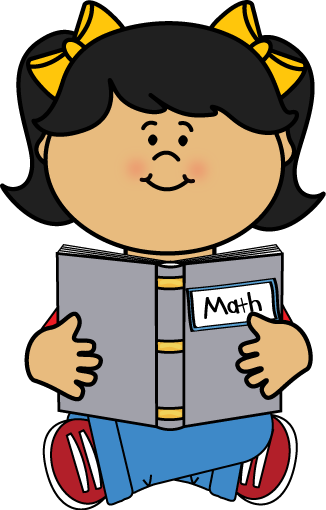
No comments:
Post a Comment